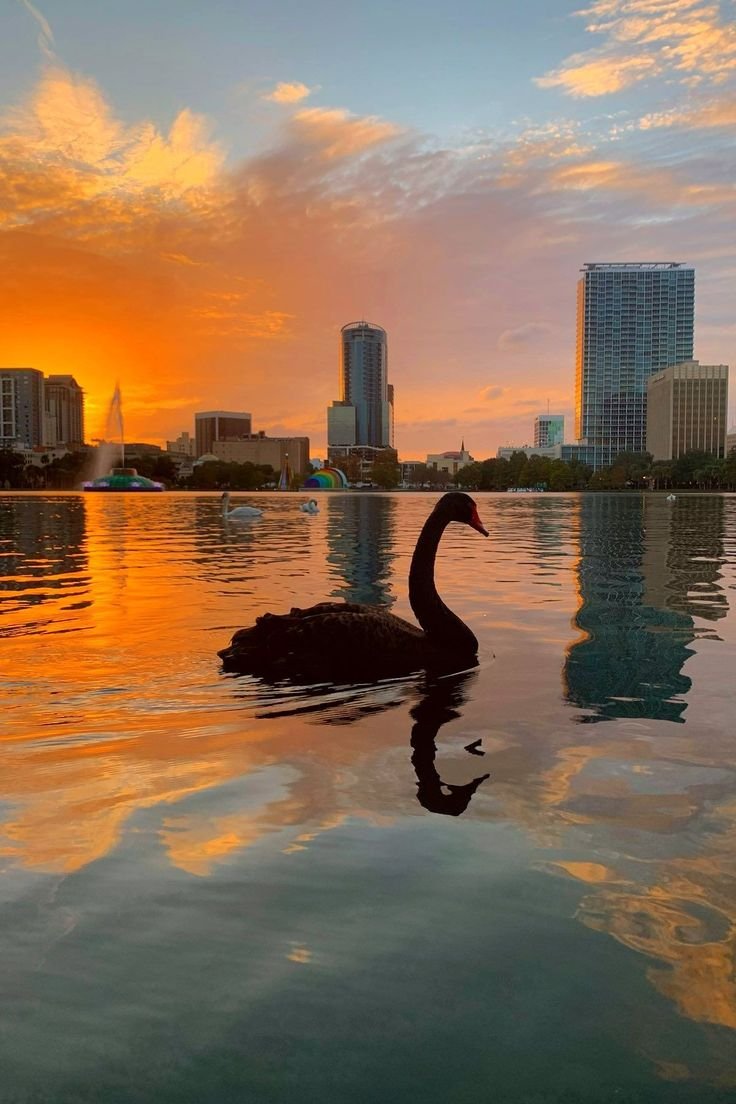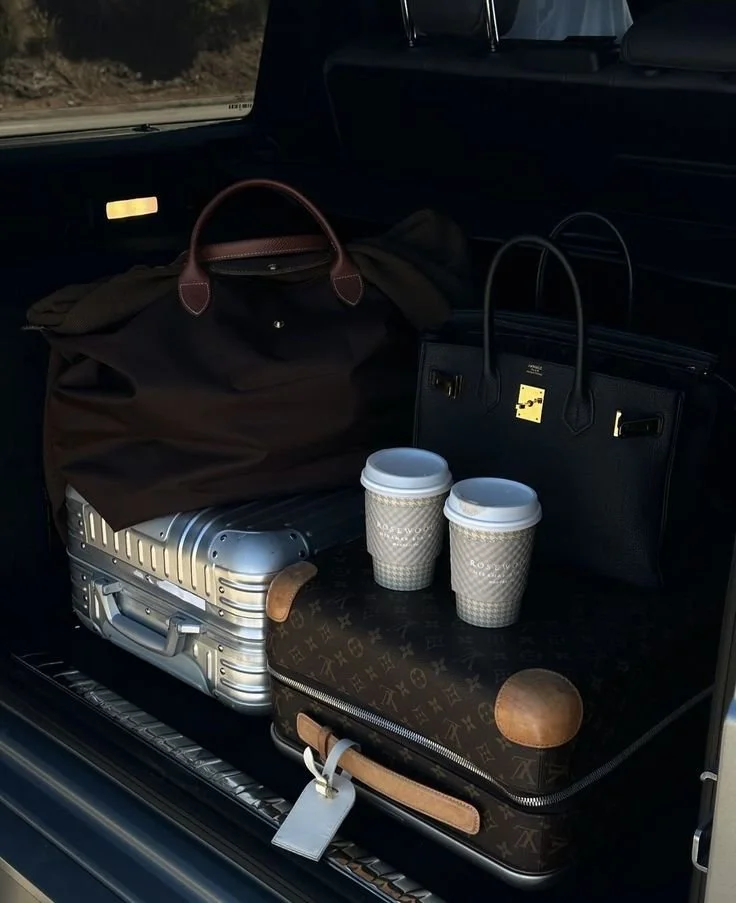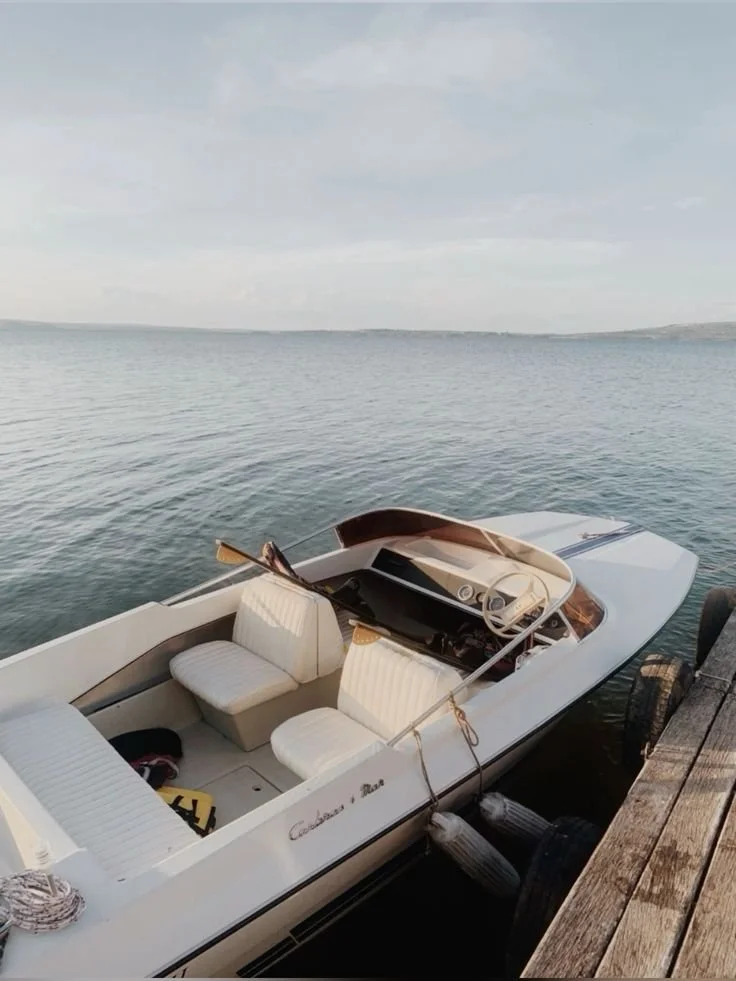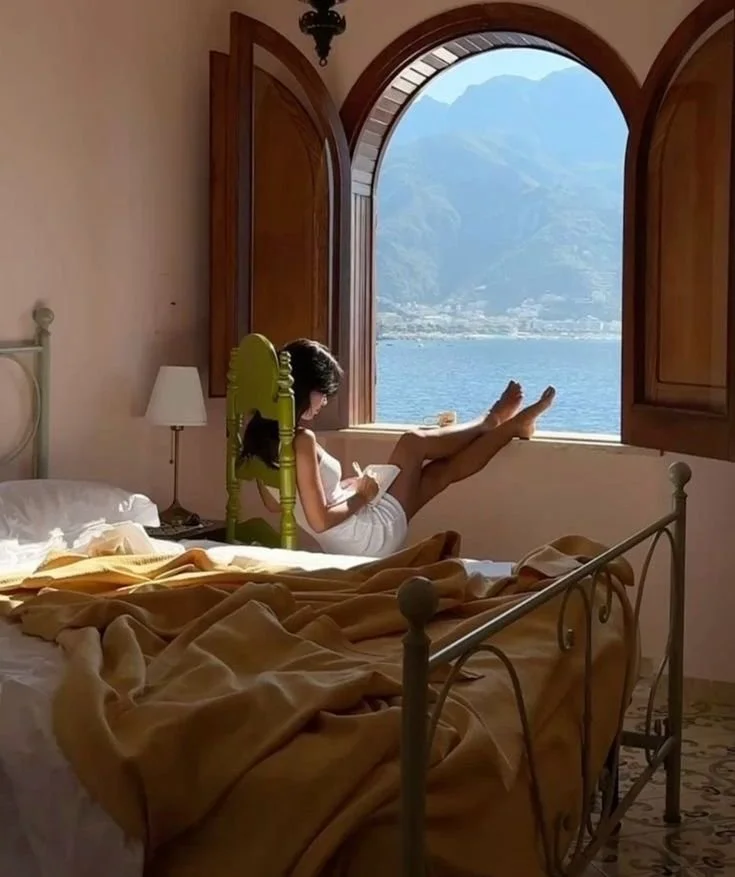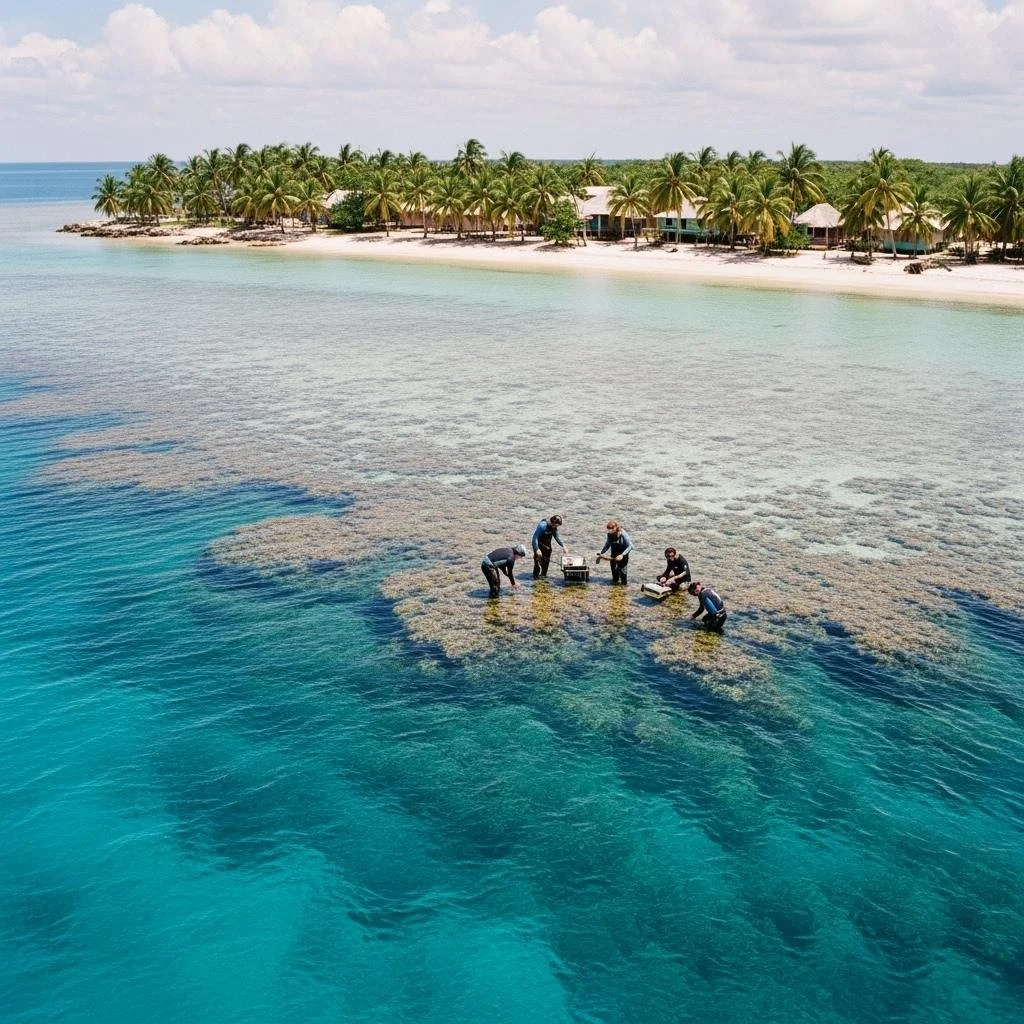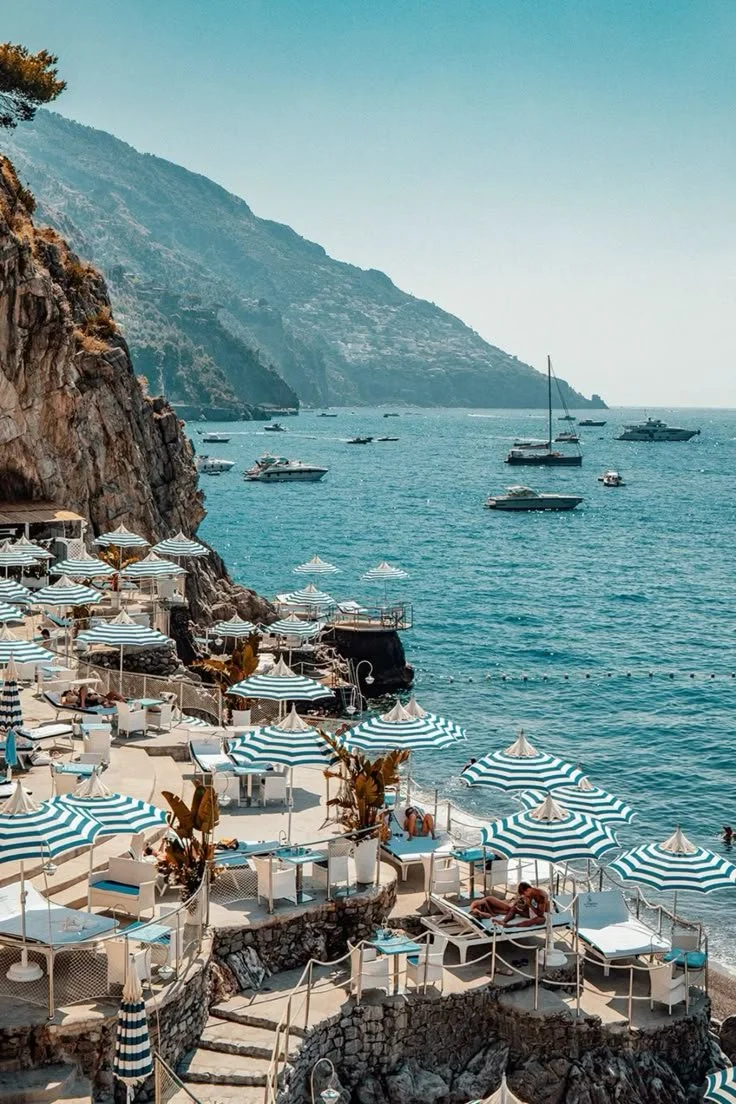How Can Travel Improve Your Health And Wellness In 2025?
In 2025, travel is no longer just about ticking destinations off a bucket list or curating the perfect Instagram feed. More people are seeking journeys that do more than entertain—they want trips that heal, restore, and reset. Whether it's a solo retreat in the mountains, a long walk through a quiet European town, or a weekend unplugged in nature, wellness travel is emerging as one of the most powerful ways to improve physical, mental, and emotional well-being.
In this article, we explore how travel can enhance your health and wellness in 2025, what types of trips offer the most benefits, and how to plan a journey that leaves you feeling better than when you left.
No. 1
What Is Wellness Travel?
Wellness travel goes far beyond green juices and spa treatments. At its core, it’s about returning home healthier—physically, mentally, and emotionally—than when you departed. That could mean hiking in the forest, practicing yoga by the ocean, or simply disconnecting from your devices and daily stressors.
According to the Global Wellness Institute, wellness tourism is now a $1 trillion industry, and it’s growing fast. In 2022 alone, it expanded by 36% globally, and that momentum continues into 2025.
Hotels, airlines, and travel platforms are adapting quickly, offering packages focused on sleep health, fitness, nutrition, and mental well-being.
As one London-based tech worker shared, “After back-to-back 80-hour weeks, I booked a solo trip to Iceland. I didn’t care about tourist sites. I just wanted quiet. It worked. I came back sleeping better and feeling sharper.”
No. 2
Why Does Travel Help You Reset?
Your brain wasn’t built for constant stimulation. When you’re always on—responding to emails, juggling responsibilities, scrolling endlessly—your stress levels rise. That affects everything from your sleep and digestion to your focus and mood.
Travel breaks that cycle. It removes you from your usual environment and introduces new rhythms. You walk more. You eat slower. You breathe deeper.
Even a short weekend getaway can make a measurable difference. Research shows that just three days away from home can significantly lower cortisol levels (your body’s primary stress hormone). People who take regular breaks are less likely to experience burnout and more likely to report higher life satisfaction.
No. 3
Nature Makes It Better
Natural environments amplify the benefits of travel. Forests, beaches, mountains, and lakes all soothe the nervous system and promote mental clarity.
A 2024 Stanford study found that participants who spent 90 minutes walking in nature had lower anxiety levels and higher memory retention compared to those who walked in urban settings.
Combining movement with nature is especially powerful. Think:
Kayaking across calm lakes
Running barefoot on the beach
Cycling through forest paths
These activities not only improve cardiovascular health but also boost mood and reduce anxiety.
Tripaneer
Explore Top Health & Wellness Retreats in Thailand on the world’s leading marketplace to explore and book unforgettable travel experiences
No. 4
What Kind of Trips Boost Wellness the Most?
You don’t need to fly halfway across the world to feel better. Wellness can happen anywhere—but certain types of trips are particularly effective at helping you unplug and recharge.
1. Retreats
Retreats are structured getaways that focus on a specific theme like yoga, meditation, writing, or fitness. They’re typically held in serene locations and offer a set schedule, healthy meals, and guided activities.
Best for: People who want structure and support.
Popular destinations in 2025 include:
Costa Rica for rainforest yoga
Portugal for surf and sleep therapy
Thailand for mindfulness and meditation
2. Solo Trips
Traveling alone gives you the freedom to move at your own pace and prioritize your own needs. For many, solo travel is the ultimate mental reset.
A web designer from Manchester shared, “I went to Lisbon for five days by myself. No meetings. No emails. Just long walks, good coffee, and books. I didn’t speak much. It was perfect.”
3. Slow Travel
Slow travel emphasizes depth over speed. Instead of rushing through checklists, you stay longer in one place and immerse yourself in the local rhythm.
This might mean shopping at local markets, chatting with residents, or simply walking without a destination. It’s easier on your body, better for your brain, and far less stressful.
No. 5
What Should You Pack for a Wellness Trip?
You don’t need much to feel better—but a few essentials can make your trip smoother and more restorative.
Wellness Travel Essentials:
Reusable water bottle
Comfortable walking shoes
Foldable travel yoga mat
Journal or sketchbook
Noise-canceling earbuds
Sleep mask and neck pillow
Apps like Calm or Insight Timer can help with meditation or sleep routines. And don’t forget to turn off push notifications—your brain will thank you.
No. 6
How Do You Pick the Right Wellness Destination?
Start by identifying what you want to improve. Are you tired? Anxious? Burned out? Your goal will shape your destination.
If you want better sleep: Choose quiet towns, nature lodges, or wellness resorts.
If you want to move more: Opt for hiking, biking, or water-based activities.
If you want to process stress: Look for meditation or therapy-based retreats.
Always read real reviews—not just polished marketing. Talk to people who’ve been there. Look for destinations that allow you to set your own pace.
And yes, check the Wi-Fi policy. Some places intentionally don’t offer it. If that idea makes you nervous, it might be a sign you need the break.
No. 7
What Can Ruin a Wellness Trip?
Trying to do too much. Wellness travel isn’t about cramming in activities—it’s about slowing down.
Avoid:
Overbooking your schedule
Long-haul flights without recovery time
Constantly checking work emails
Obsessing over social media updates
Also, if your digital life is a source of stress, consider cleaning it up before you go. Some travelers use a reputation management service to remove outdated profiles or posts that weigh on their minds. That way, you can truly disconnect.
No. 8
Final Tips to Make Travel Actually Healing
Plan less. Leave room for spontaneity and rest.
Hydrate. You’ll feel the difference within hours.
Unplug. Don’t check work email—not even “just once.”
Take walks without your phone. Let your mind wander.
Reflect. Keep a journal of what you’re feeling and learning.
Takeaways
In 2025, travel is no longer just about seeing new places—it’s about rediscovering yourself. Whether you’re escaping to a quiet forest cabin, exploring a new city at your own pace, or joining a retreat to reset your mind, wellness travel offers a powerful way to heal and grow.
You don’t need a luxury resort or a passport stamp to feel better. What you need is time, intention, and a break from the noise.
So start small. Block off a weekend. Go somewhere new. Breathe deeper. Sleep longer. Move slower.
Your mind will catch up. Your stress will fade. And you’ll return home not just refreshed—but renewed. That’s the true power of travel.
Looking for Travel resources?
Looking to embark on a transformative journey to discover new cultures, expand your horizons, and reconnect with yourself? Explore, learn, and awaken your wanderlust with our travel partners designed to support you on your next getaway.






